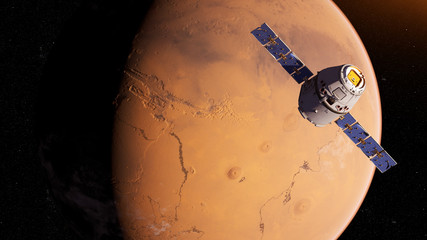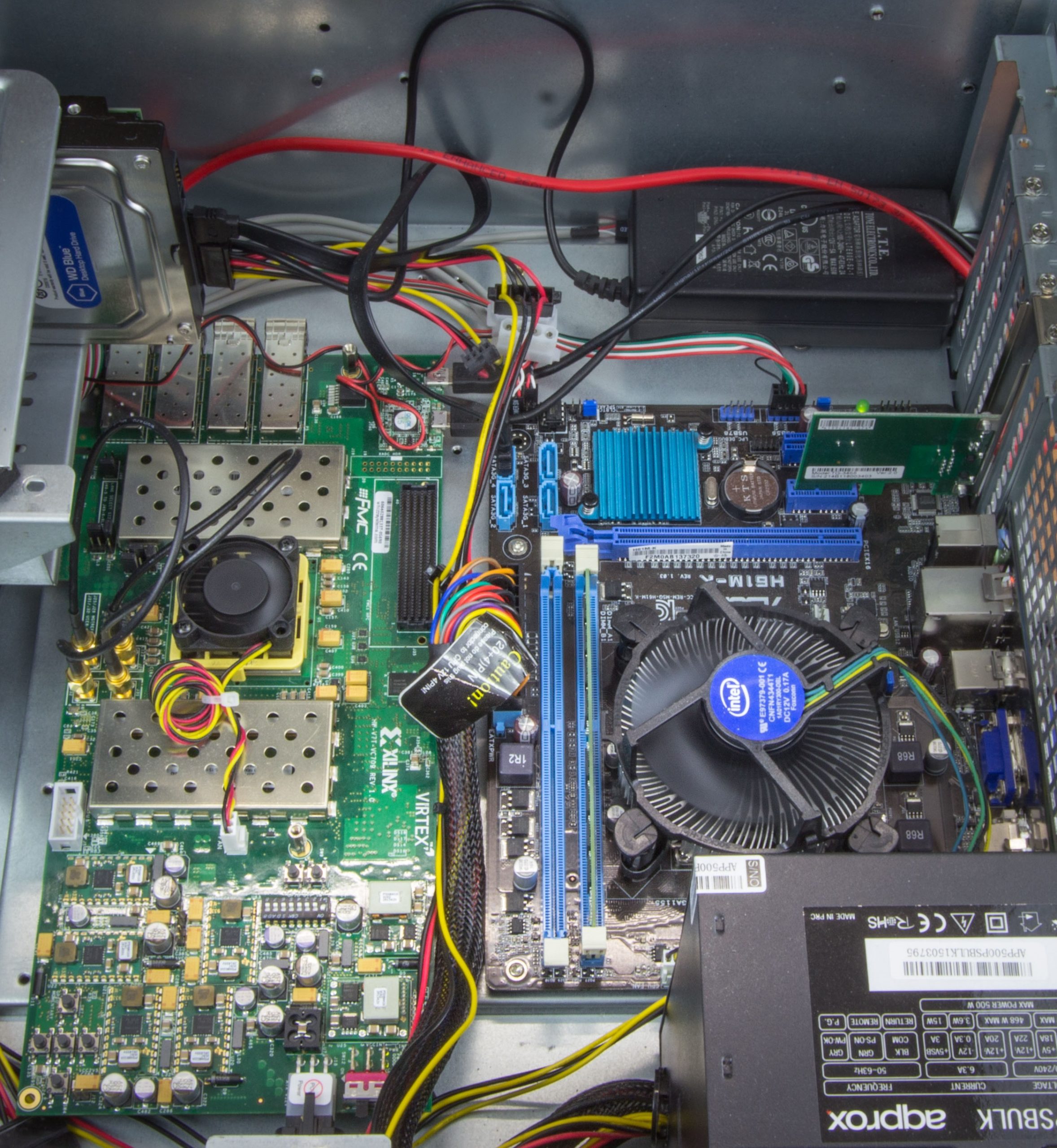Deep Space Communications: Telemetry and Telecommand Transceivers
The projects Coupled enhanced Turbo codes demodulator and decoder study (CoupledETC), Next Generation Uplink Coding Techniques (NEXCODE) and Multiple Frequency-Shift Keying Modem for very low Data Rates (MFSK4LDR) are a series of projects dealing with receiver techniques for deep-space communications. These links are characterized by experiencing very challenging conditions, such as very low SNR, highly variable Doppler dynamics or strong amplitude and phase distortion, that require careful transceiver design.

The projects were developed for the European Space Agency under their competitive tender program. CTTC roles include the technical leadership of CoupledETC (Pildo Labs., CTTC), the workpackage leadership of receiver enhancements in NEXCODE (deimos Engenharia, CTTC, CNIT and Thales Alenia Space – Italy), and project leader and main contractor in MFSK4LDR (CTTC, Ceit).
The first project aimed to find improved receiver solutions for telemetry links (downlink) in near-Earth and Deep Space ESA missions such as Bepi-Colombo and EXOMARS, that exploited coding gains and iterative receiver architectures when turbo codes or LDPC codes were used in combination with standard modulation schemes for space communications.
The second project, dealt with telecommand links, considering new LDPC codes for the uplink. Thus, receiver architecture solutions needed to identify bottlenecks and consider challenges of spacecraft onboard processing.
The last project is considering non-coherent receiver schemes to improve critical mission scenarios where the spacecraft is in modes safe and survival, descent, entry and landing or goes through strong solar flares.

CoupledETC developed and implemented a real-time processing receiver for ground station telemetry, CCSDS standard compliant. The project delivered and end-to-end transmitter and receiver breadboard able to process telemetry data in real time, providing CTTC with strong expertise in telemetry and telecommand transceiver development and synchronization stages.
Also, in NEXCODE the most critical receiver functionalities were the synchronization blocks: including signal acquisition, symbol time and carrier/subcarrier tracking loops as well as the frame synchronization stage previous to FEC decoding. The study revealed the limitations of standard closed tracking loops (PLLs, DLLs) to exploit LDPC coding gains down to the low SNR regime and certain Doppler dynamics for Deep-Space scenarios. It proposed enhanced acquisition based on spectral estimation, enhanced carrier and subcarrier tracking schemes such as Kalman filters or FTT-aided Costas loop.
The project also identified the need for better frame detection metrics and synchronization sequences, resulting in the adoption by the standardization group CCSDS of new synchronization words for telecommand.
One of the project outcomes was a recommendation to the CCSDS standard to modify attaching marker synchronization sequences for next generation telecommand uplinks. The project work also stimulated a patent on enhanced frame detection beyond standard correlators.
